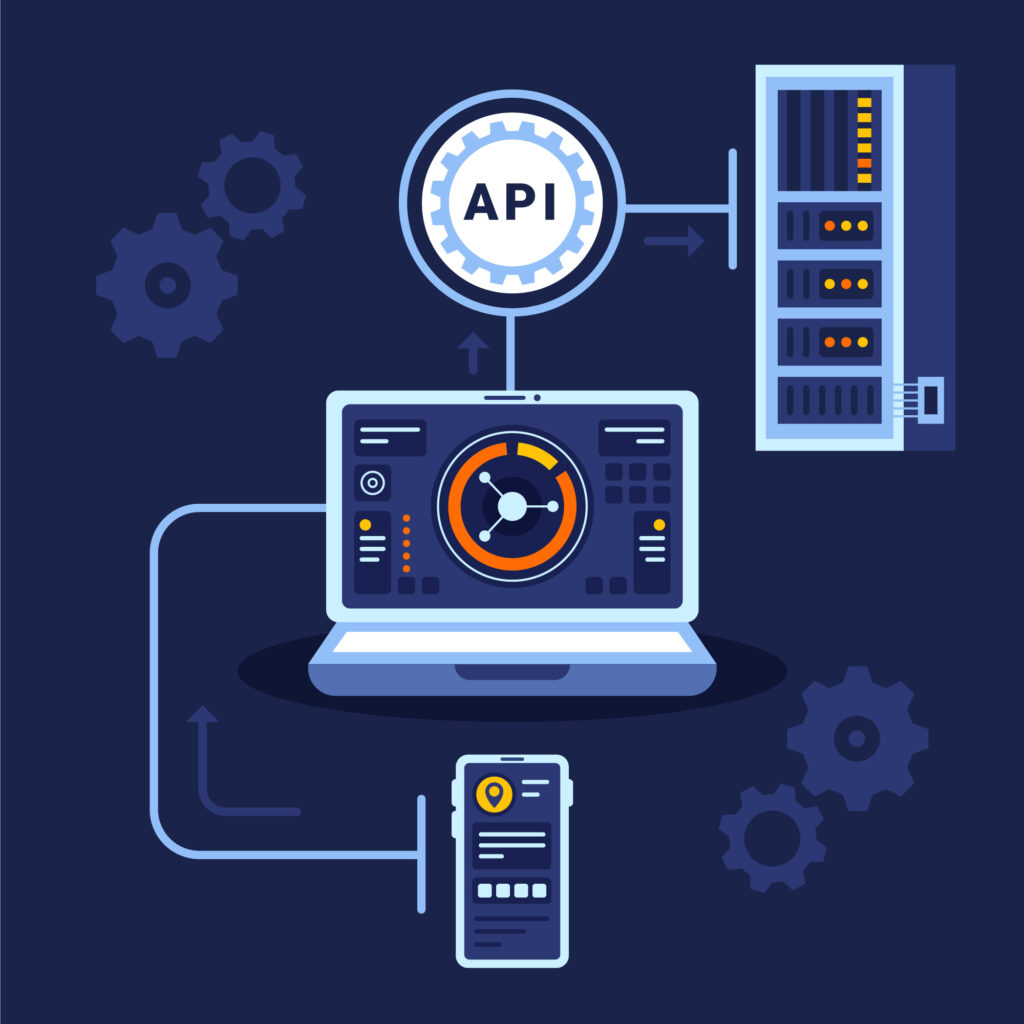ASICs, optimally designed, high-performance solutions in the semiconductor industry, have significantly changed the sector. With an increasing number of industries that focus on technological developments, the requirements for efficient ASICs have exploded exponentially. A case study explores key insights from the ASIC design development process, such as critical lessons learned, under the headings ASIC design flow and ASIC design consultation.
Understanding ASIC Design Flow
The ASIC design flow is systematic. It should help ensure successful chip development from functional to very efficient chips with precise requirements at all stages through good collaboration. Precise stage-by-stage steps have to be considered with keen consideration to the actual application at every end. Main ASIC design stages along with very useful takeaway lessons from them:
- Requirement Specification
This phase requires understanding the application-specific needs and defining the functionality of the ASIC. It requires clear communication among stakeholders, such as system architects, hardware engineers, and end-users.
Takeaways:
- Detailed Documentation: Documentation of requirements reduces ambiguity and ensures alignment among all teams.
- Feasibility Analysis: Early feasibility studies would determine whether the desired functionalities could be achieved within the given constraints of power, area, and performance.
- Design Entry and Functional Specification
Here, designers translate the requirements into a functional specification and start creating design descriptions using high-level languages such as VHDL or Verilog.
Takeaways:
- Modular Design: Breaking down the design into smaller, more reusable modules improves manageability and debugging. Hindrances in the Path.
- Early Validation: At this point, simulation tools are used to find functional gaps before the complex stages are reached.
For insights into real-world ASIC applications, explore this Case Study on ASIC Design Techniques for Multi-Processor System-on-Chip (MPSoC) Development.
- Synthesis
Synthesis converts the high-level design into a gate-level netlist based on the target technology. It is the process of mapping the design into the physical components of the ASIC.

Takeaways
- Optimization Techniques: There is an emphasis on PPA optimization during synthesis to achieve efficient designs.
- Constraint Management: The correct timing and power constraints are required to be defined to steer clear of potential issues later on.
- Verification
Verification verifies the functional and timing correctness of the design. The methods include simulation, formal verification, and emulation.
Key Takeaways
- Coverage Metrics: The more coverage during verification, the higher the confidence level of the design.
- Early Bug Detection: Detection of bugs at the earliest point minimizes downstream costs and delays.
- Physical Design
Convert the netlist to a physical layout, including placement, routing, and timing analysis.
Takeaway:
- Efficient Floorplanning: Proper floorplanning reduces interconnect delays and optimizes chip area.
- Routing Strategies: Advanced routing techniques are critical to achieve timing and reduce crosstalk.
- Fabrication
The design is now sent to a foundry for fabrication. The second step transforms the digital design into a physical chip.
Takeaways:
- Design for Manufacturability (DFM): The requirement is that a design should comply with the constraints of manufacturing, thereby increasing the yield.
- Foundry Partnerships: Good relationships with foundries make it easier to transition from design to production.
- Testing and Validation
After fabrication, the ASIC is thoroughly tested to ensure that it performs and functions as expected in real-world applications.
Takeaways:
- Comprehensive Testing: BIST features make testing easier.
- Iterative Refinement: Testing feedback can be used to suggest design improvements for future iterations.
Importance of ASIC Design Consultation
ASIC design consultation essentially acts as an important step, which guides projects through the involved complexities of designing. Consultants involve specialized expertise in tools and inputs, which ascertain that projects maintain their trackability and meet objectives.
Advantages of Consultation
- Professional Expertise: The consultants have exposure to a variety of projects, and thus their experience provides them with insight into solutions for many of the common problems.
- Risk Reduction: Identifying risks early saves companies from expensive mistakes and time waste.
- Efficient Use of Resources: Improving tools, workflows, and teamwork leads to higher productivity.
- Availability of Advanced Tools: Most consulting firms offer the use of advanced EDA tools, which individual companies cannot afford to buy.

These are the key takeaways from the consultation engagements in detail:
- Tailored solutions: consultants prepare tailored strategies in consideration of a particular project’s uniqueness and the problems and challenges involved with it. Therefore, tailored solutions ensure specific needs and constraints regarding a design that might be effective and lead to desirable outcomes.
- Knowledge Transfer: Working closely with consultants enables teams to acquire useful skills, insights, and best practices. This is an approach that enhances the expertise of a team and equips them to handle future challenges independently.
- Accelerated Timelines: Working with experience of consulting with external knowledge, projects tend to gain pace much faster, and it significantly reduces the time taken to get a product or solution to the market.
Real-World Application: Case Study Insights
A mid-sized technology firm wanted to design an ASIC for a next-generation IoT device. The project was highly constrained on power and area, so the company required guidance from an expert.
Here is the description of the problem:
- In-House Expertise in Advanced Physical Design Techniques: There was a lack of knowledge in the house on handling advanced physical design processes, making it challenging to implement cutting-edge methodologies and tools.
- High complexity in achieving low power with no compromise on performance: The greatest challenge in the design requirements and trade-offs was to simultaneously reduce power consumption without compromising performance.
- Tight project deadlines and budget: The project had a tight time frame and budget. It is even more challenging to derive high quality while carefully managing resources.
Implemented Solutions
- Requirements Clarification: Engaged ASIC design consultants up front to make sure specifications are more refined and targets are achievable.
- Optimized Design Flow: Leveraged modular design practices and leading synthesis tools to get better PPA metrics.
- Collaborative Verification: Included consultants in the verification team to help improve coverage and address high-priority bugs.
- Efficient Physical Design: Implemented the latest placement and routing techniques guided by the consultants with timing and power targets being achieved.
- Iterative Feedback Loops: Introduced feedback from consultants during testing to ensure a strong final design.
Results:
- Increased Productivity: The company managed to cut power consumption by 20% from what had been initially anticipated.
- Time-to-Market Reduced: Using consulting, the project was completed two months earlier than the projected timeline.
- Team Competency Enhanced: The in-house team significantly increased their competence in state-of-the-art ASIC design techniques.
Conclusion
Developing the ASIC design is always complex and must go through careful planning and execution. Major take-home points from the journey are proper workflows, validation up front, and leveraging expert help through ASIC design consulting. It brings about technical success along with gaining a competitive advantage for companies in the market.
Organizations that put robust design practices and special consultation into use would, in the ASIC development phase, address most of its problems successfully in providing a good application-specific solution.
Visit the link to get a Free Consultation for ASIC Design &FPGA Prototyping.

